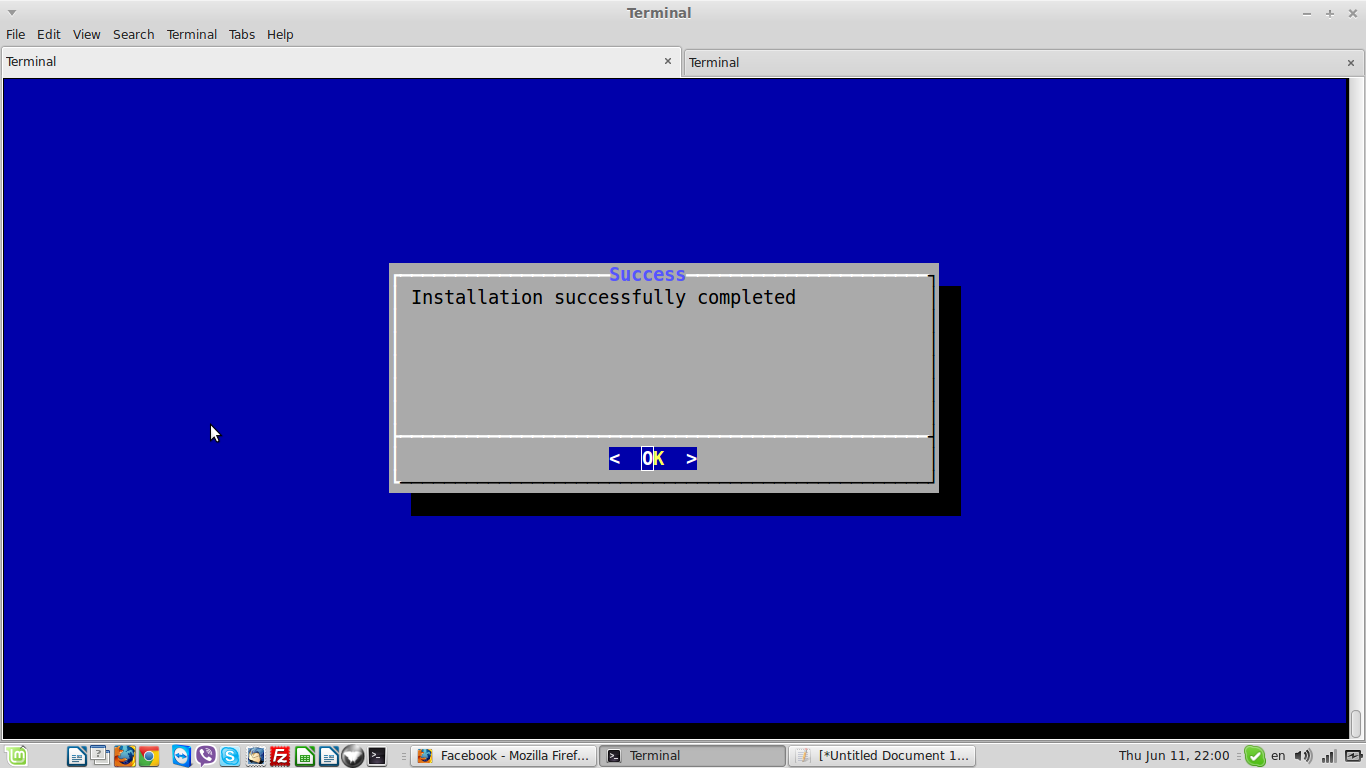
#INSTALL SYSTEMRESCUECD ON A USB INSTALL#
Once you're sure you have the right destination drive selected, click the Install button. This will ERASE all information on this drive, so choose carefully-and then double-check (and triple-check) your choice! Choose your USB target device-the drive you want to make into a Windows boot drive. In the WoeUSB-ng application window, find the Windows.iso file and select it. This rescue system requires no installation as it can be booted from a CD/DVD drive or USB stick, but it can be installed on the hard disk if you wish. You can also launch the program for an easy-to-use interface. To create a boot disk from the command line, the syntax requires the command, a path to your Windows ISO file ( /dev/sdX in this example use the lsblk command to determine your drive), and a device: $ sudo woeusb -device Windows.iso /dev/sdX
You can use WoeUSB-ng from the command line or the GUI version. Download latest system rescue CD image and mount it on /mnt/cdrom using mount -o loopIt provides you with an easy way to carry out admin tasks on your computer, such as creating and editing the hard disk partitions. I'm running Pop!_OS, which is an Ubuntu derivative, but being comfortable with Python, I chose the pip3 install: $ sudo pip3 install WoeUSB-ng Create a boot disk SystemRescueCd is a Linux system rescue disk available as a bootable CD-ROM or USB stick for administrating or repairing your system and data after a crash. There's no functional difference between these methods, so use whichever's familiar to you. iso file and burn it as an image to a CD. This is universal across any Linux distribution. To install GParted Live on CD, download the. Alternatively, you can use Python's package manager, pip, to install the application.

If you're on a supported Linux operating system, you can install WoeUSB-ng using your package manager. It is possible to use SystemRescue without having a DVD drive as it can be installed on USB sticks, or on a local. The GitHub repository contains instructions for installing WoeUSB-ng on Arch, Ubuntu, Fedora, or with pip3. Installation on a USB stick or internal disk.
#INSTALL SYSTEMRESCUECD ON A USB SOFTWARE#
The open source software has two programs: a command-line utility and a graphical user interface (GUI) version.


That is until I discovered WoeUSB-ng, a GPL 3.0 Linux tool that creates a bootable USB drive for Windows Vista, 7, 8, and 10.


 0 kommentar(er)
0 kommentar(er)
